Your cart
It seems that your cart is empty.
Headlines
Your cart
It seems that your cart is empty.
Headlines

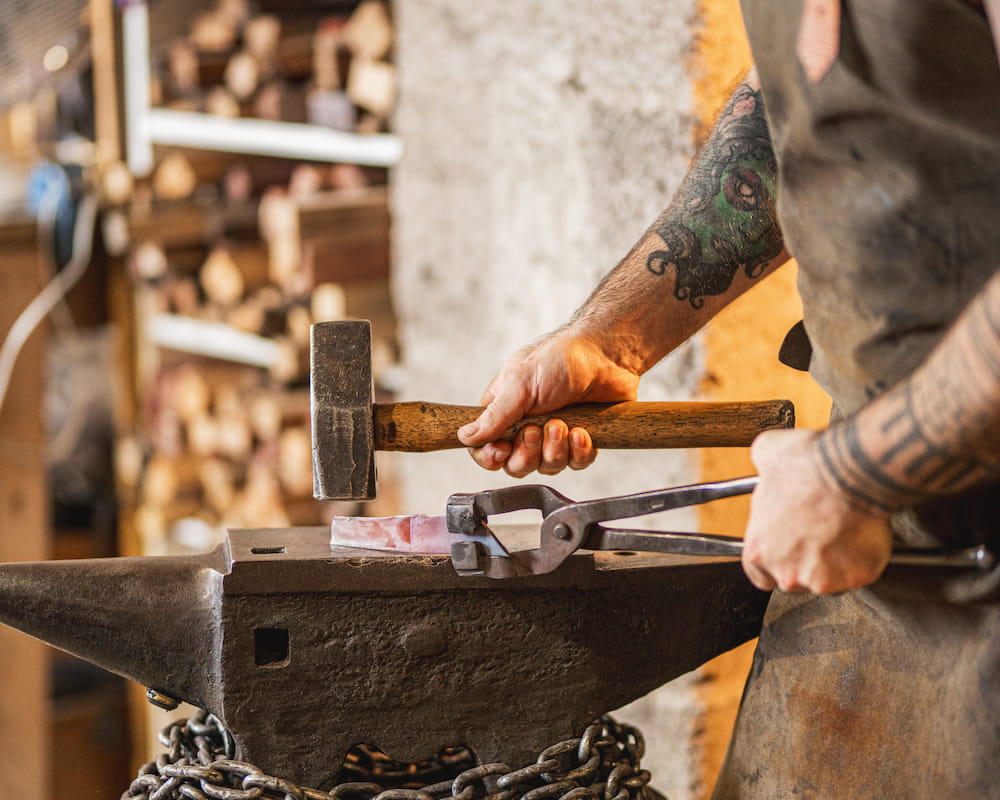
Carbon Steel: A Living Material
The knives made by Élie and Carole primarily use carbon steels. These steels, although robust and high-performing, oxidize more easily than stainless steels. Over time and with use, your blade will develop a patina that gives it a unique appearance and tells its story. This phenomenon is natural and does not affect the blade's effectiveness or the quality of the food. However, if you wish to preserve its shiny appearance, it is possible to polish the blade using pastes and polishing tools available in hardware stores.
To maintain your carbon steel blade:
• Clean it immediately after each use. Rinse it under water, but dry it quickly and carefully to prevent rust formation.
• Oil the blade regularly if it is not used frequently or if it is stored in its sheath, using a cloth lightly soaked in neutral oil.
Special Case: Carbon Damascus Steel
The recommendations are the same as for conventional carbon steel. The layers of Damascus steel require the same care to prevent corrosion and maintain the blade's beauty.
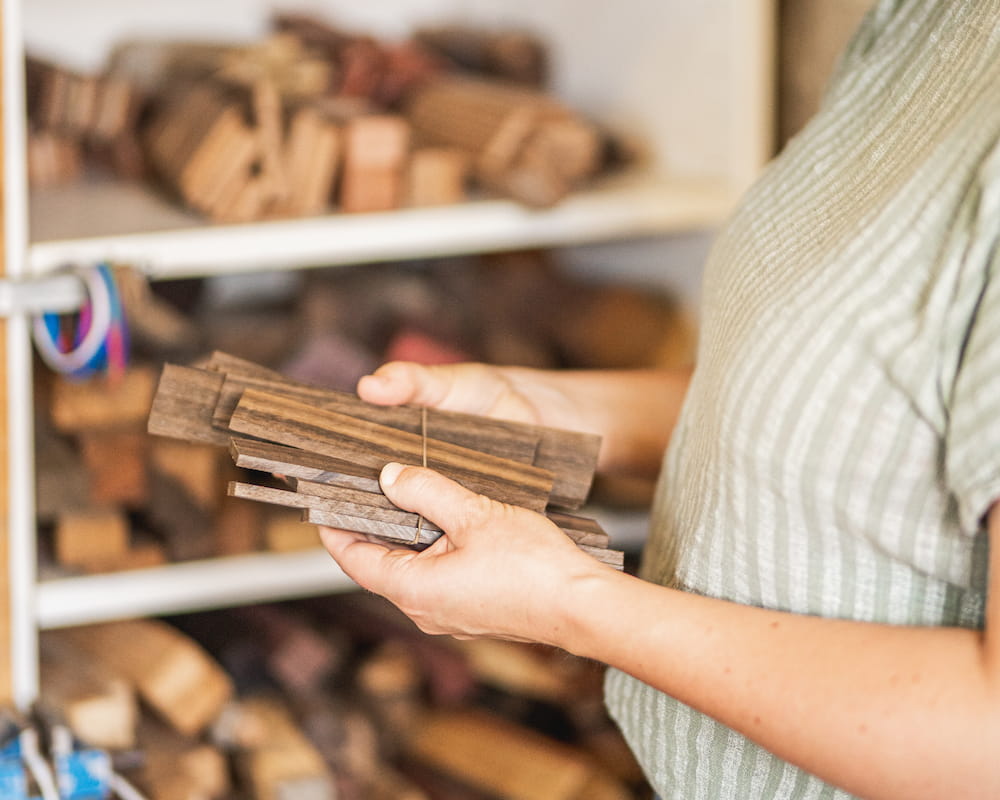
The handle of your knife is much more than just a support: it is an aesthetic and functional element that evolves over time. Wood, being a living material, can expand, contract, or change color depending on humidity and ambient conditions.
To preserve the beauty and solidity of your handle:
• Never soak the handle in water. This could cause it to swell or crack.
• Regularly nourish the wood with oil (flax, grape seed, camellia, etc.) to protect it from moisture and give it a lasting shine. Applying it several times a year is enough to keep it in excellent condition.
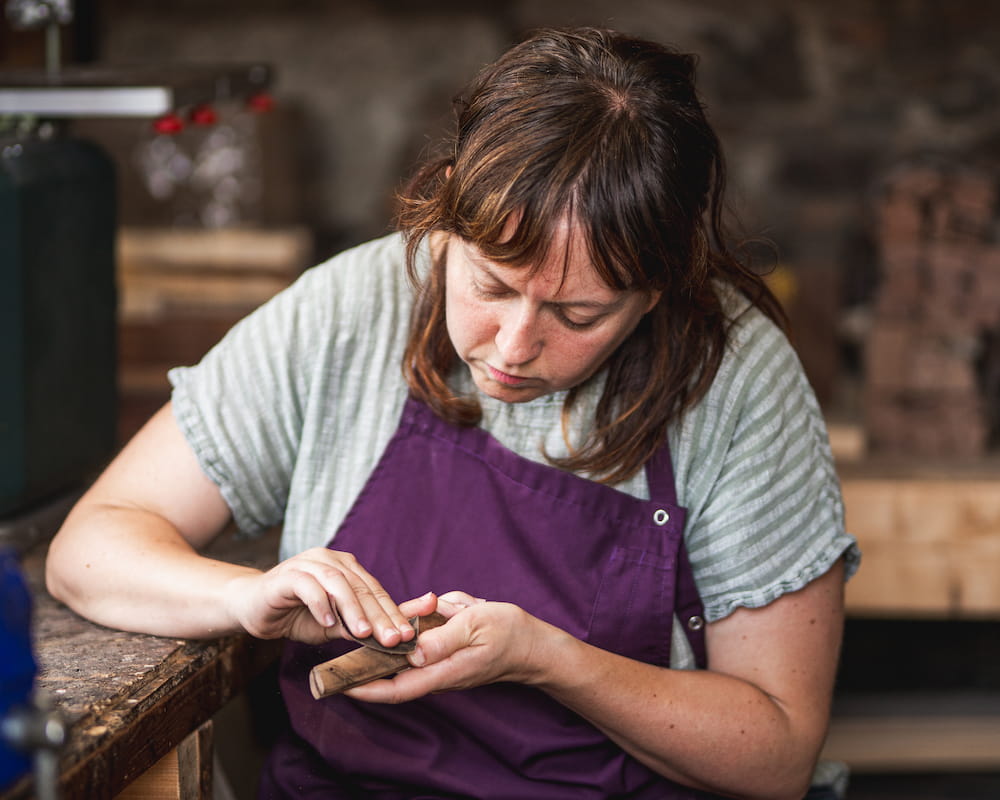
Cleaning is a crucial step in maintaining your knife.
To avoid any damage:
• Avoid the dishwasher at all costs: this can accelerate rust on the blade and damage the handle.
• Do not use the scraper side of a sponge: this can scratch the blade and make it more susceptible to oxidation.
• Opt for cleaning with warm water (followed by immediate drying) or oil to protect and enhance your blade.
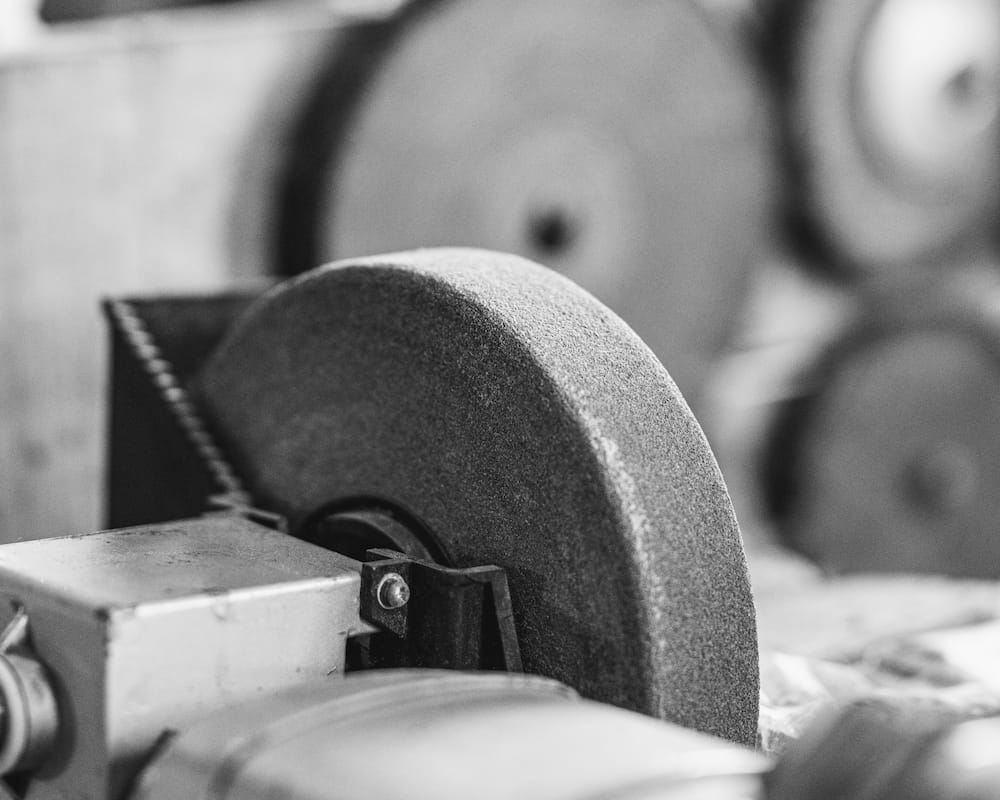
A well-maintained knife always remains sharp.
To do this:
• Sharpen your knife before it becomes too blunt. This makes the process easier and preserves the blade.
• Use whetstones, which can be used with water or oil. Automatic sharpeners or steels are discouraged, as they can damage the fine structure of the edge.
• Leather is an excellent ally: by applying a little polishing paste to a flexible leather, you can give the edge a perfect shine and space out sharpening sessions.
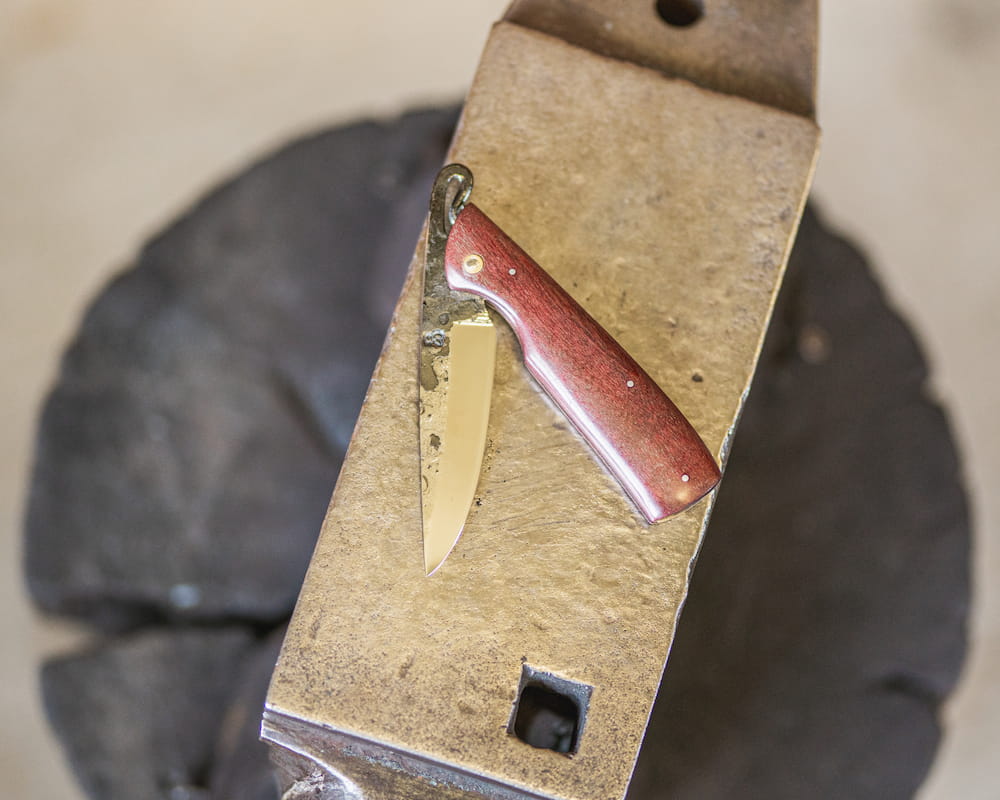
Folding knives, although practical and robust, can develop some play in the axle due to humidity variations affecting the wooden scales. If this happens, here is Élie and Carole's method:
• Place the blade on a hard support (closed vise, small anvil, or piece of steel).
• Use a ball-peen hammer or the peen of a classic hammer (pointed part).
• Peen the axle at 45° on each side to tighten the play.
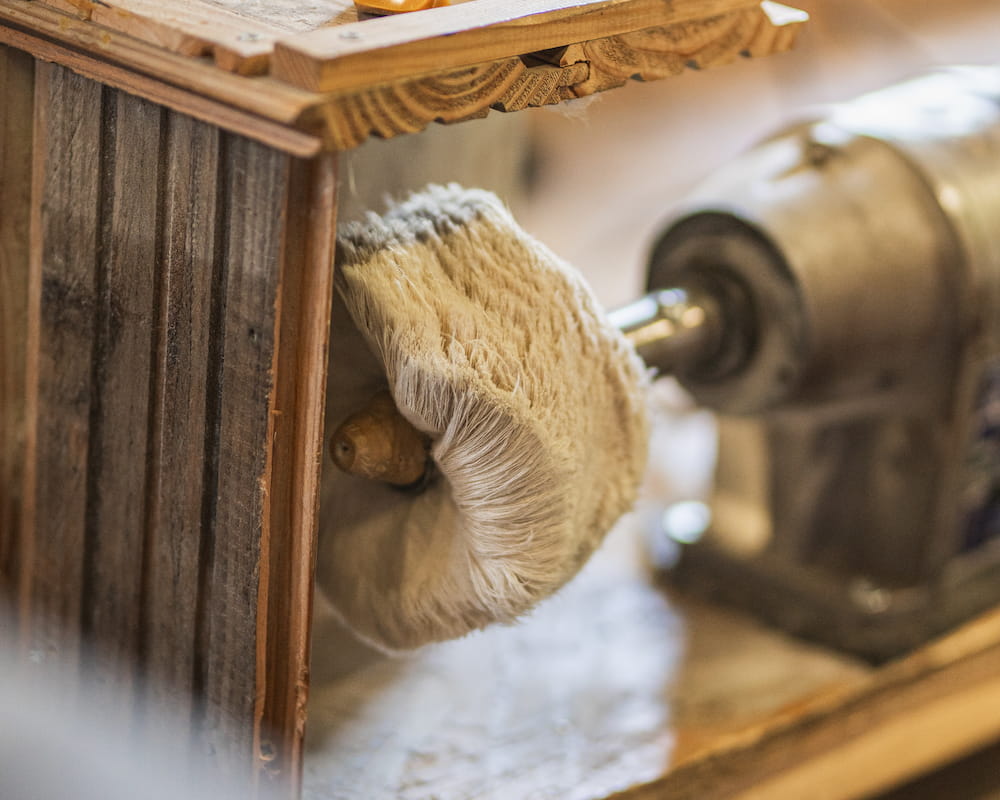
• Clean the blade and handle immediately after use. Dry them carefully.
• Oil the wood and blade regularly to prevent moisture and rust.
• Sharpen carefully, preferring whetstones or leather, never dry.
• For folding knives, check the pivots and adjust them if necessary.
By following these simple but effective tips, you will enjoy a knife in perfect condition, ready to accompany you on all your culinary or outdoor adventures.